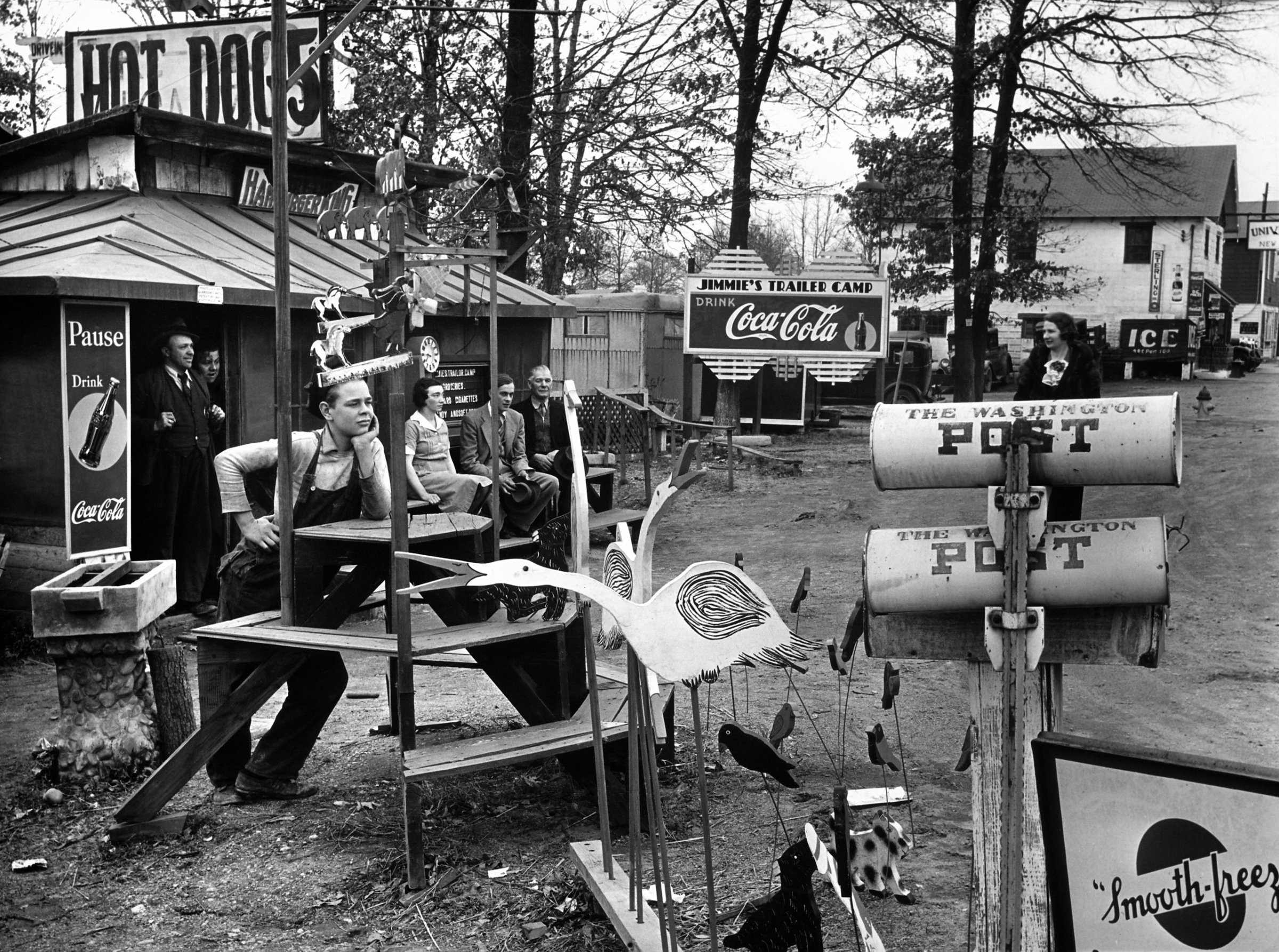
In 1891, Asa Candler bought a company for $2,300. That price tag in today’s dollars is closer to $60,000, but still, not a bad deal for a business that would gross a profit of more than $30 billion in 2014. During the early years, Candler focused his efforts on building his brand, offering coupons for free samples and distributing tchotchkes with the company’s logo on them. The aggressive marketing paid off. By 1895, a glass of Coca-Cola could be found in every state in America.
By the time Henry Luce purchased LIFE Magazine in 1936, Coca-Cola was just years away from producing its billionth gallon of its trademark soda syrup. The pages of LIFE bubble with Coke ads, the first one appearing in 1937, and many issues included multiple invitations to “add zest to the hour” and take “the pause that refreshes.”
But LIFE was not only a purchaser of Coca-Cola advertising. LIFE’s photographers were also capturing the growing ubiquity of that Spencerian Script—the looping, cursive font of Coke’s logo—in places as far-reaching as Bangkok and the Autobahn. During the 1930s, the company had begun to set up bottling plants in other countries. But when General Eisenhower sent an urgent cable from North Africa in 1943, requesting that Coca-Cola establish more overseas bottling plants in order to boost soldiers’ morale, the wheels were set in motion for rapid international expansion. Wartime saw the addition of 64 foreign plants to the existing 44, and post-war growth continued steadily.
The photos here depict not just the way Coke began to blend into international surroundings—by the late 1960s, half of the company’s profits would come from foreign outposts—but also the wide array of American locales and subcultures the brand was penetrating. Led by company president Robert Woodruff, whose term began in 1923, Coca-Cola’s vigorous marketing efforts found footholds for the brand from segregated country stores to New York City’s Columbus Circle to roadside stands in Puerto Rico.
Of the dozens of slogans Coca-Cola has had over the years, the one it debuted in 1945 was certainly aligned with the global domination the company had set its sights on. “Passport to refreshment” was not just a clever pun, but a sign of things to come.
Liz Ronk, who edited this gallery, is the Photo Editor for LIFE.com. Follow her on Twitter at @LizabethRonk.

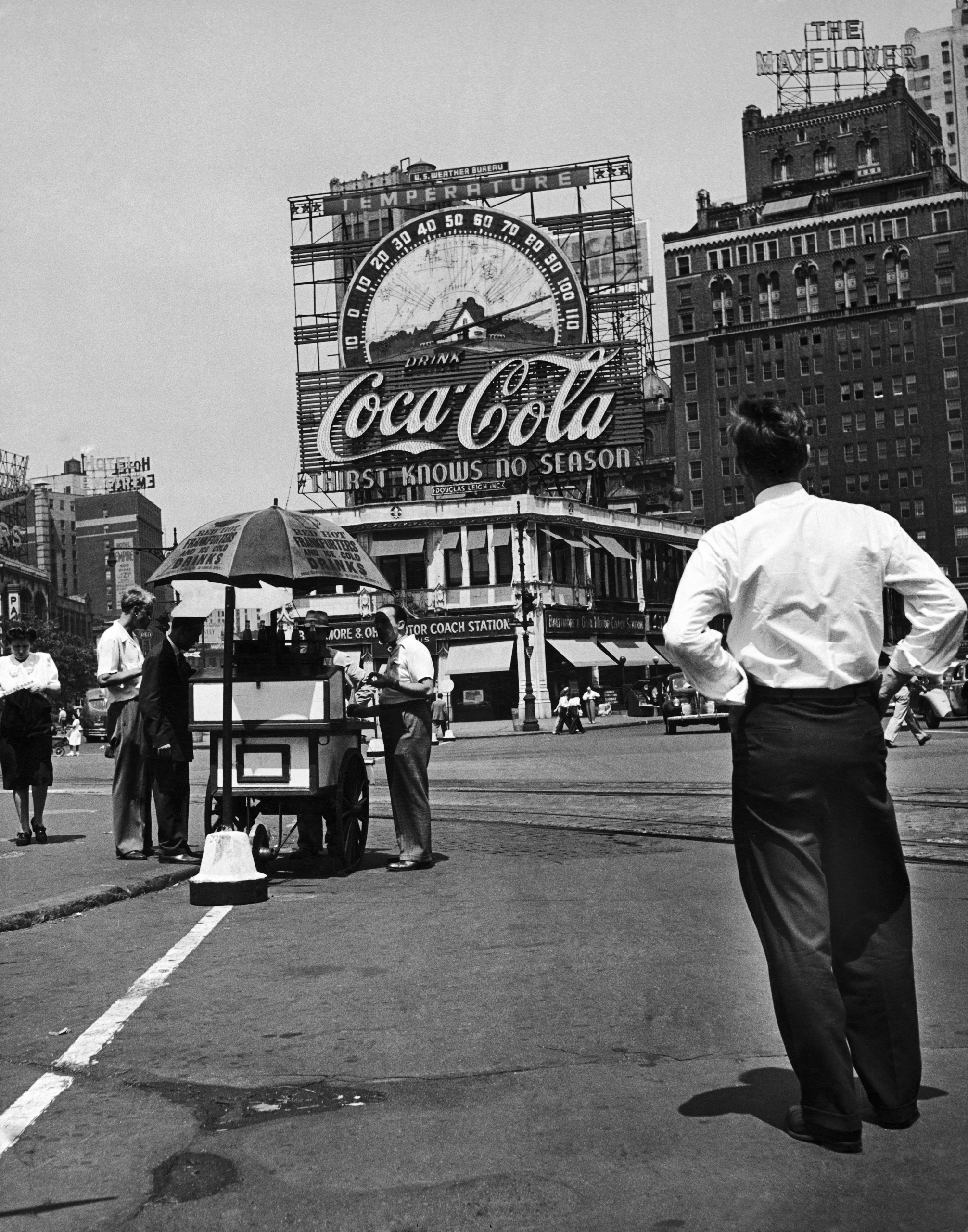



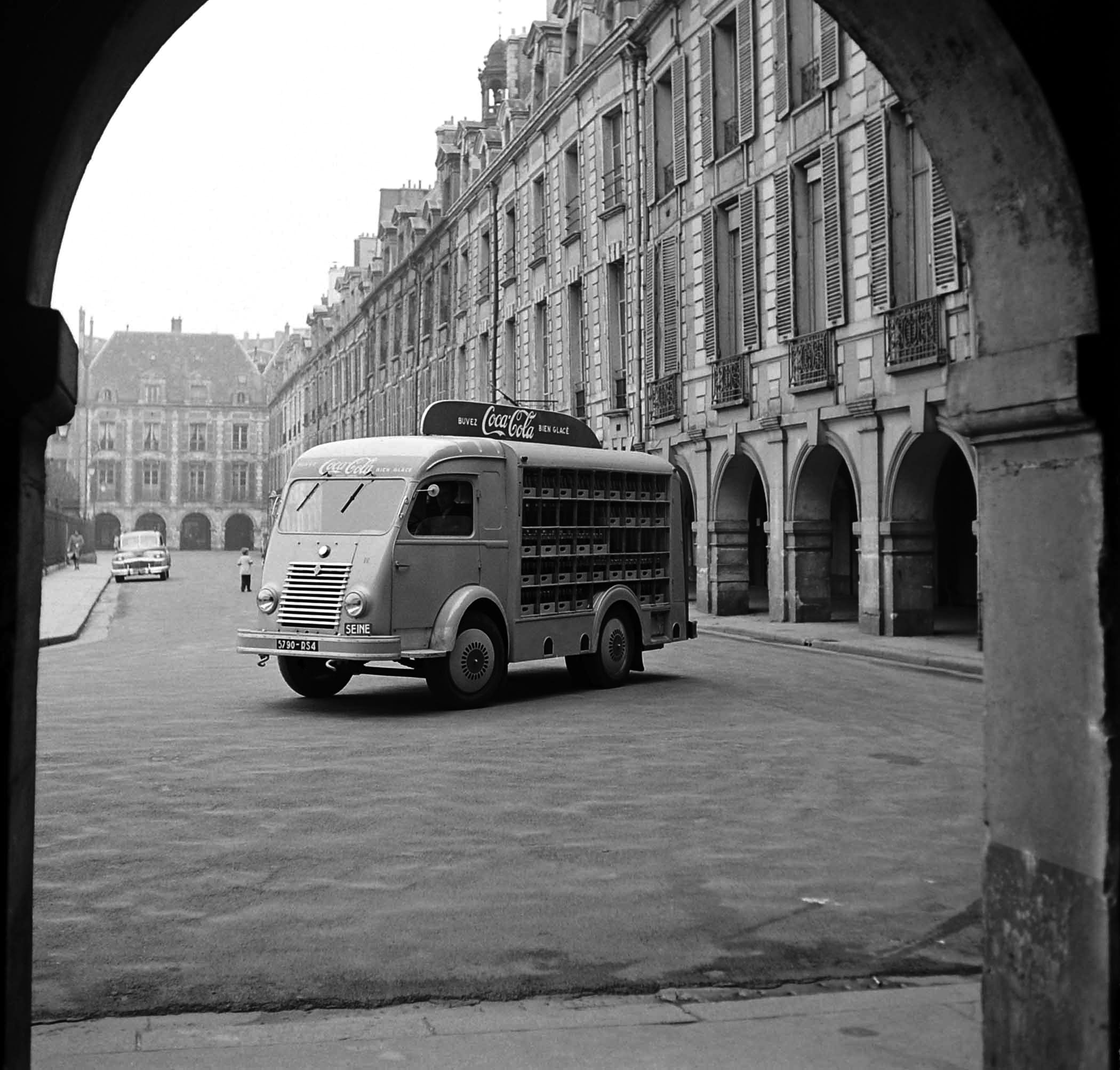
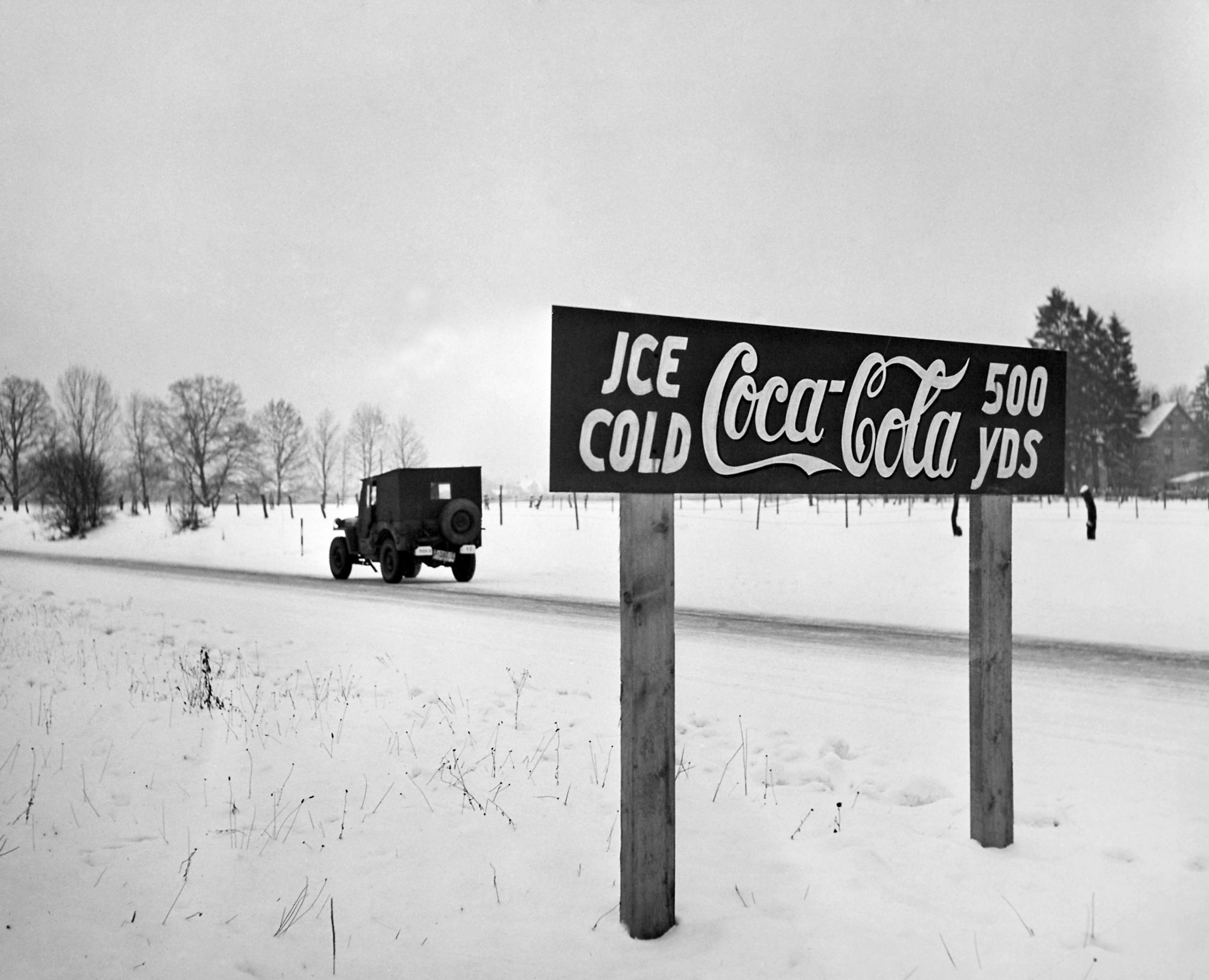
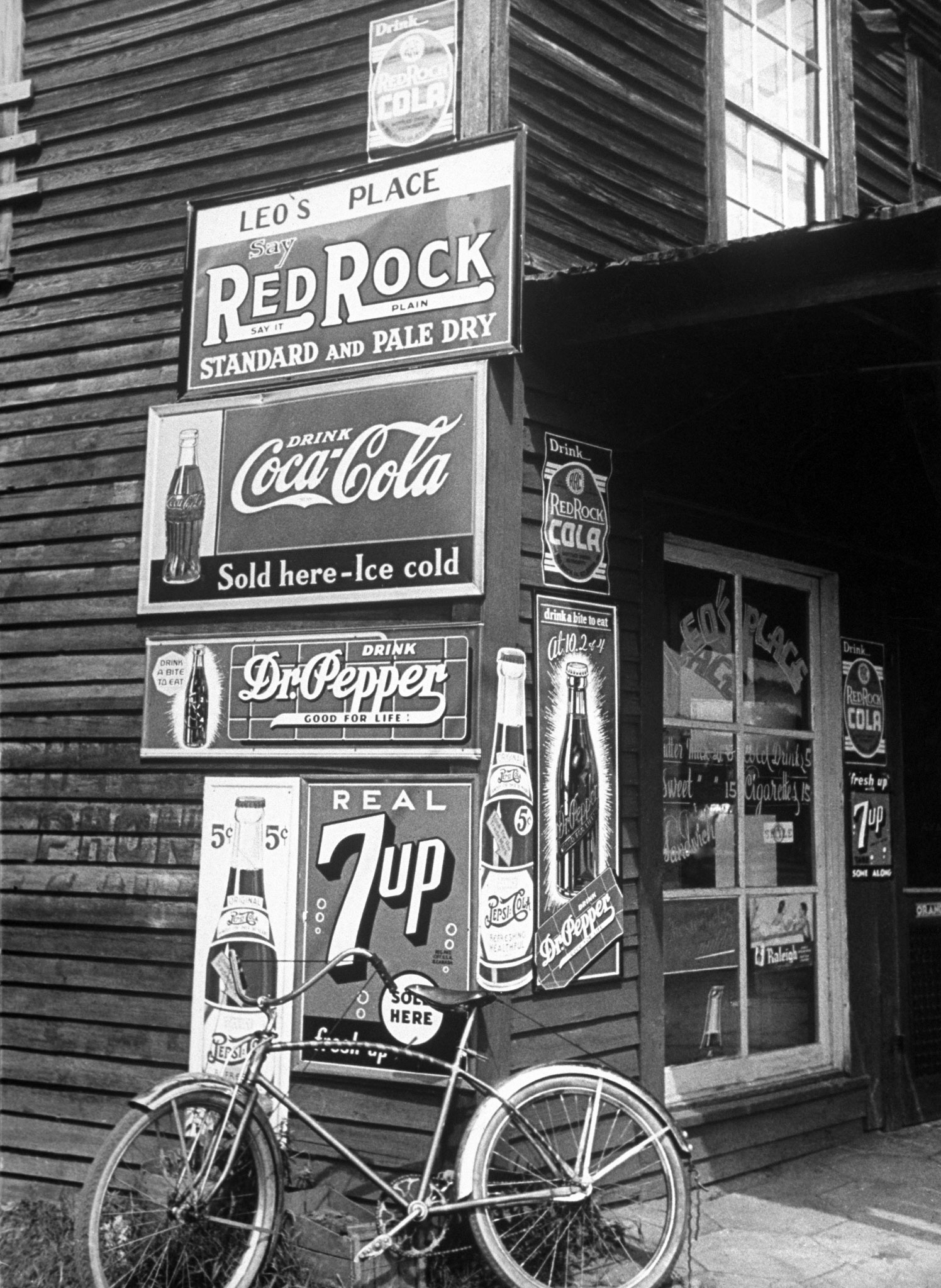
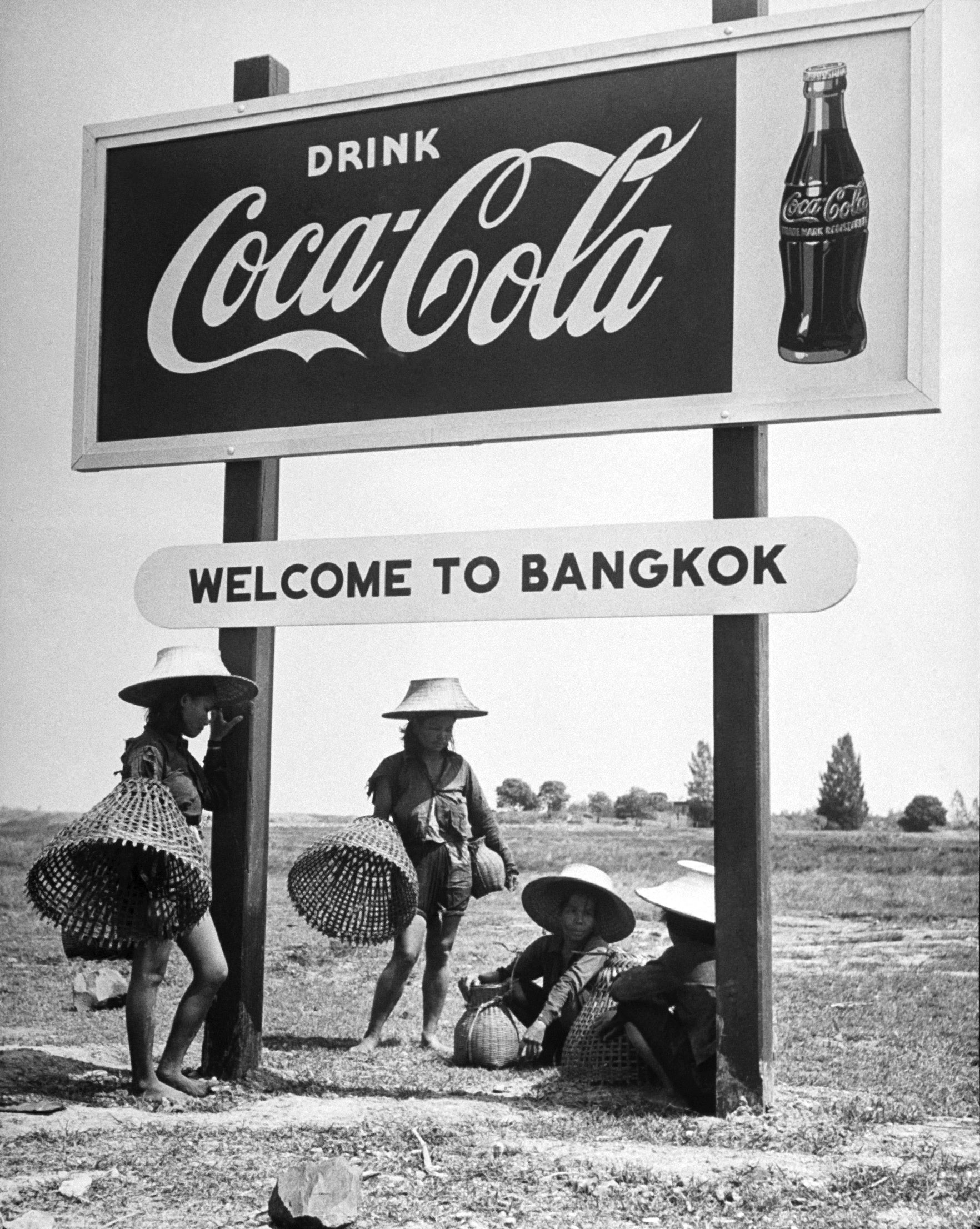
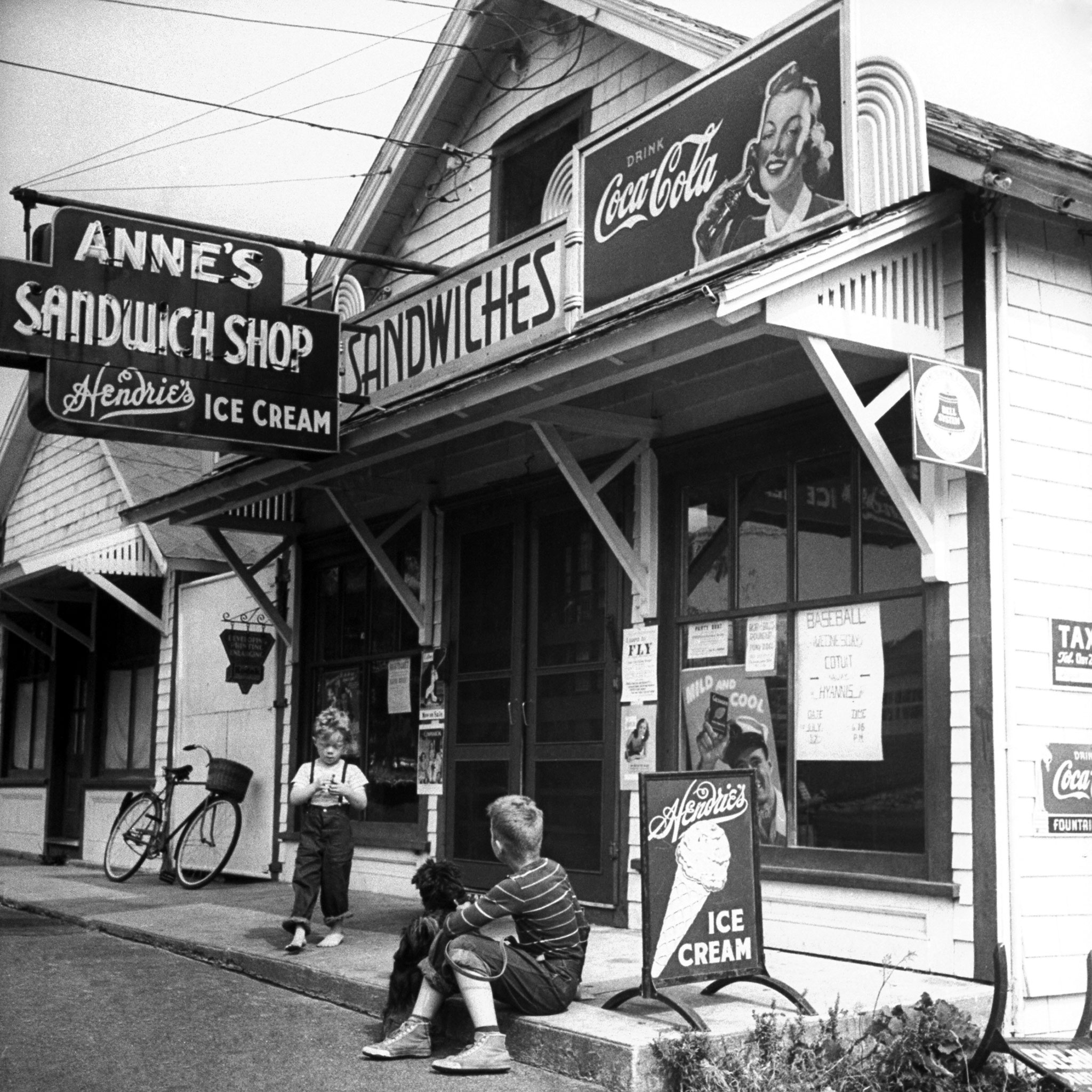


More Must-Reads from TIME
- Cybersecurity Experts Are Sounding the Alarm on DOGE
- Meet the 2025 Women of the Year
- The Harsh Truth About Disability Inclusion
- Why Do More Young Adults Have Cancer?
- Colman Domingo Leads With Radical Love
- How to Get Better at Doing Things Alone
- Michelle Zauner Stares Down the Darkness
Write to Eliza Berman at eliza.berman@time.com